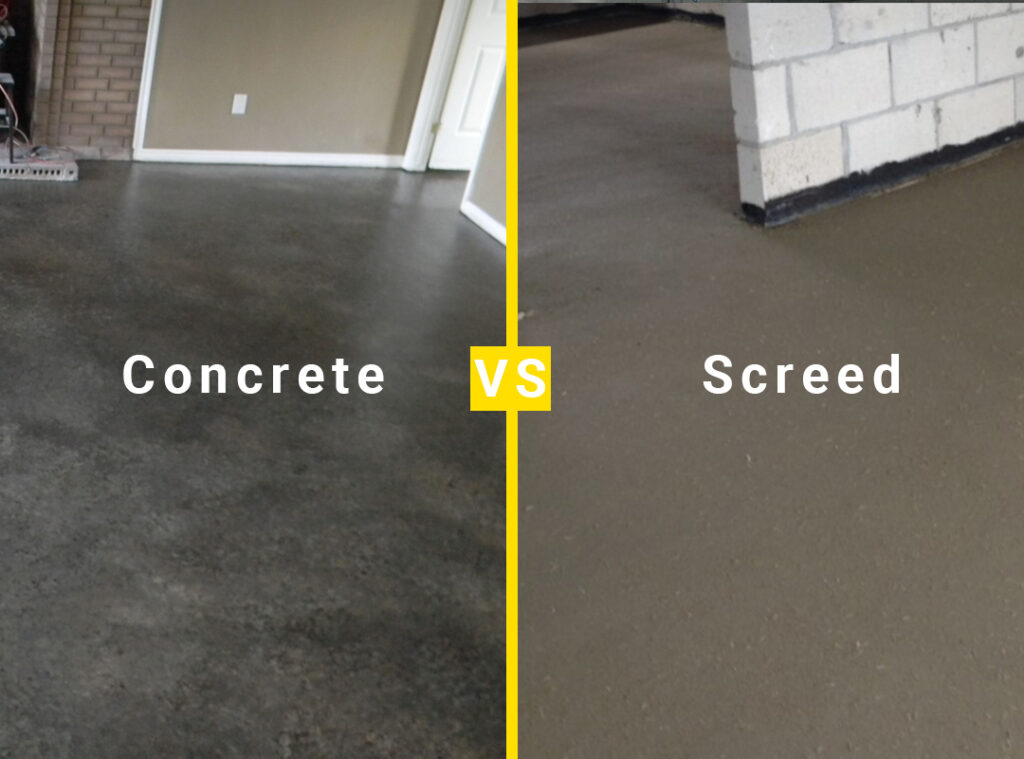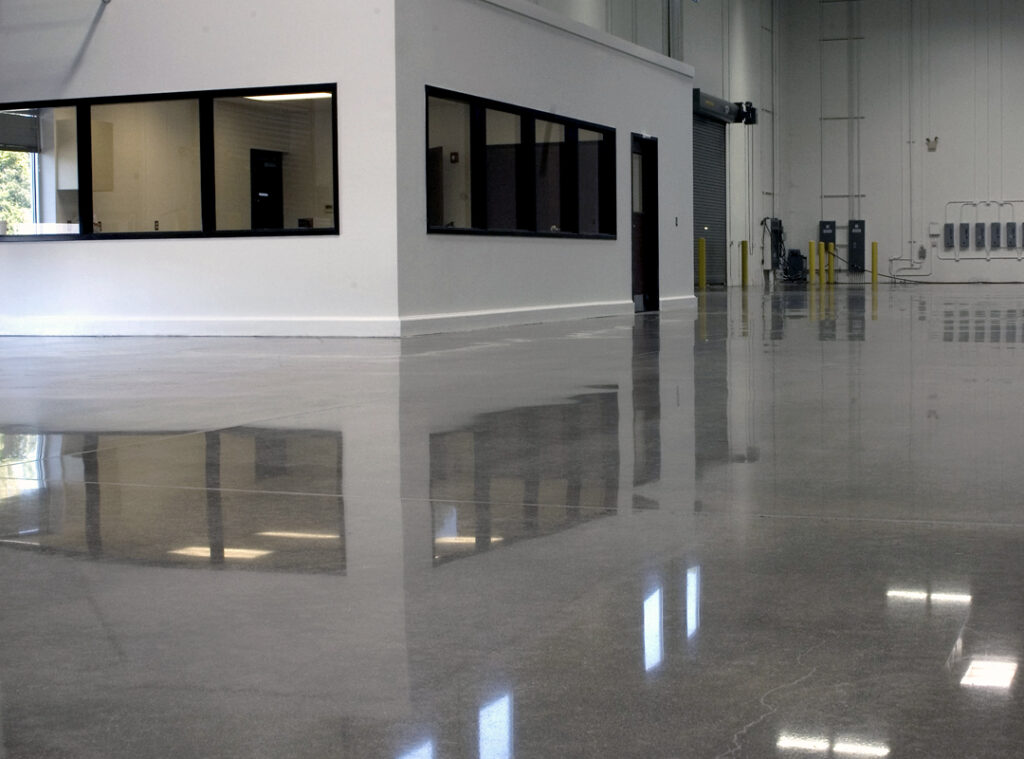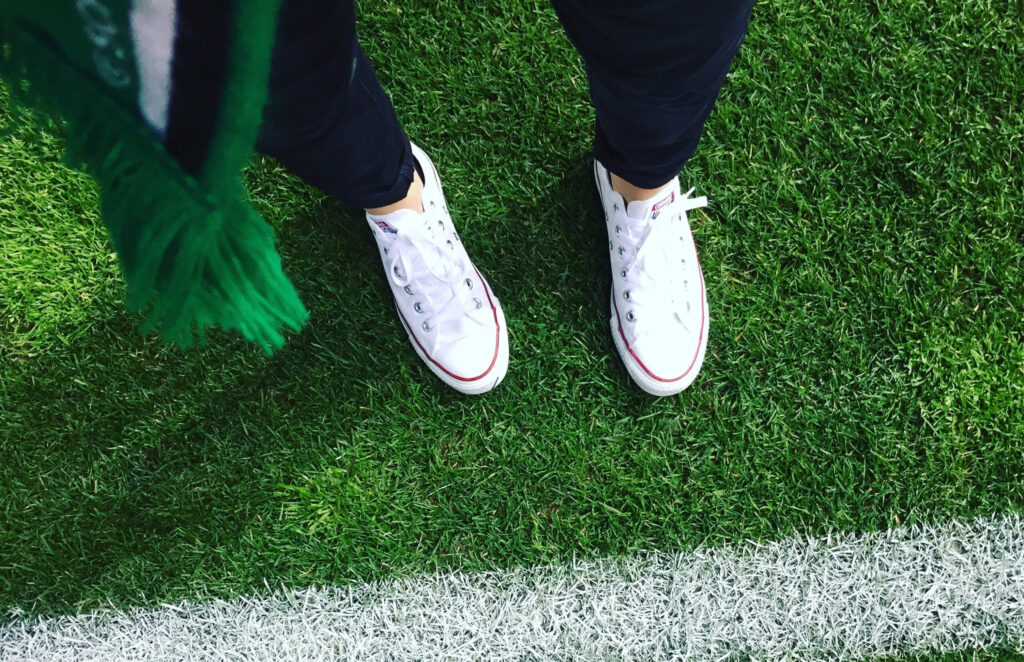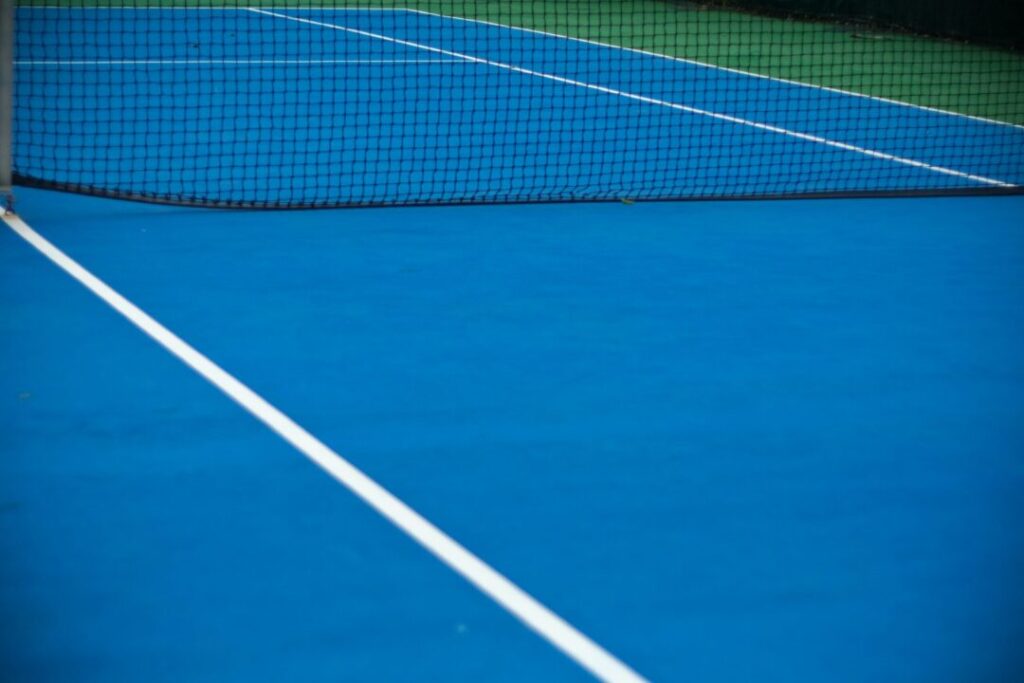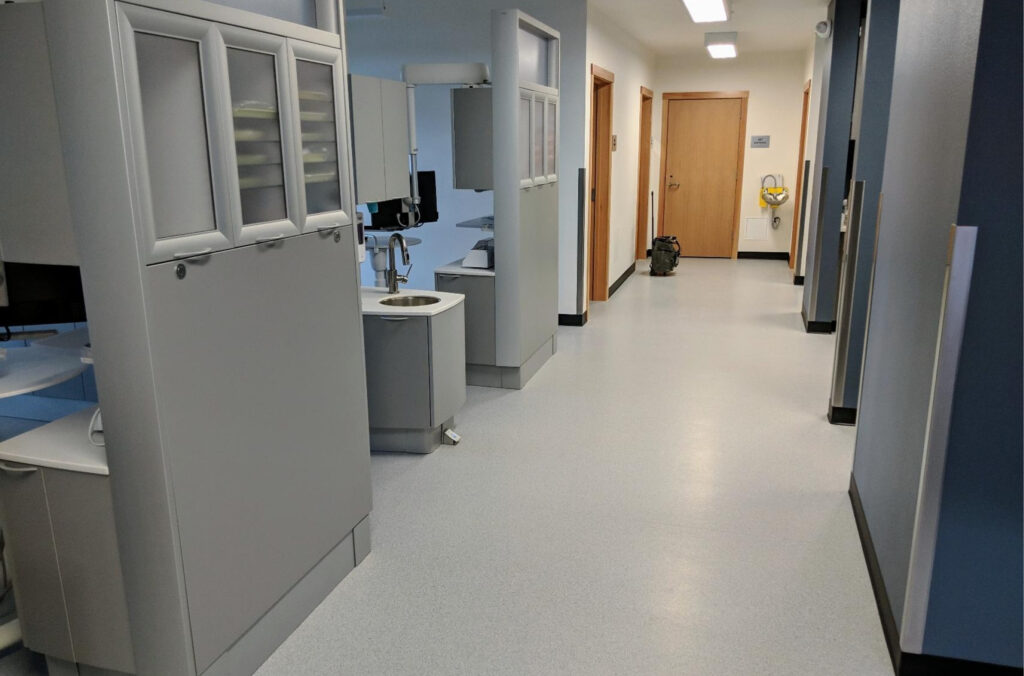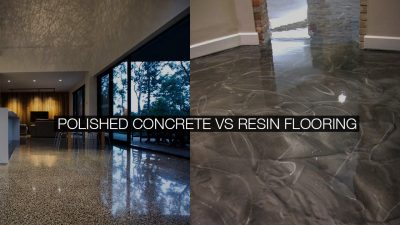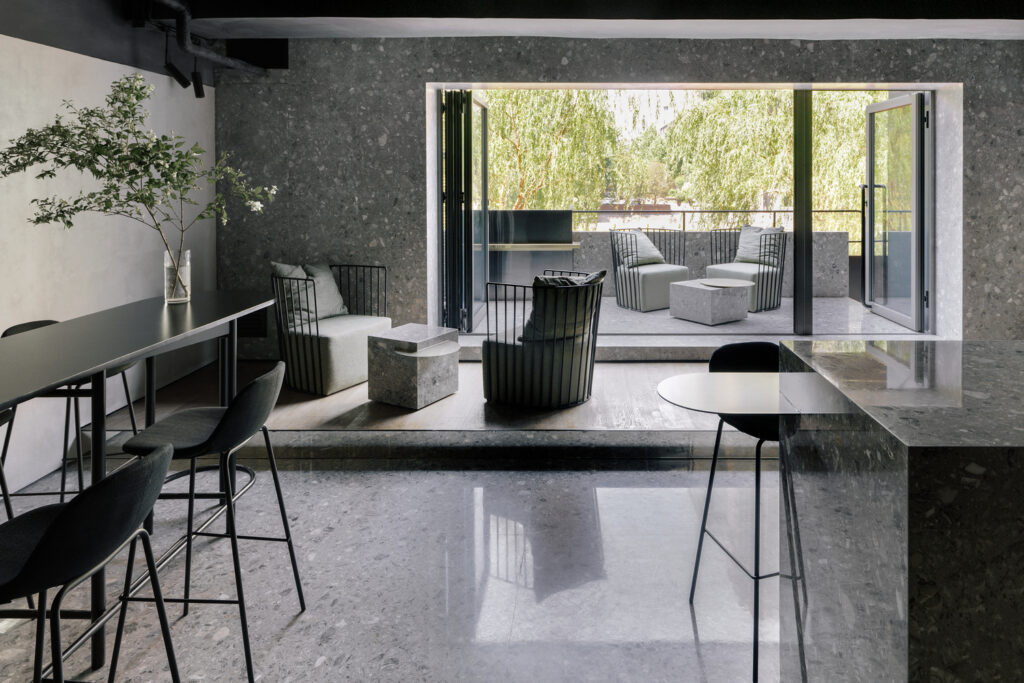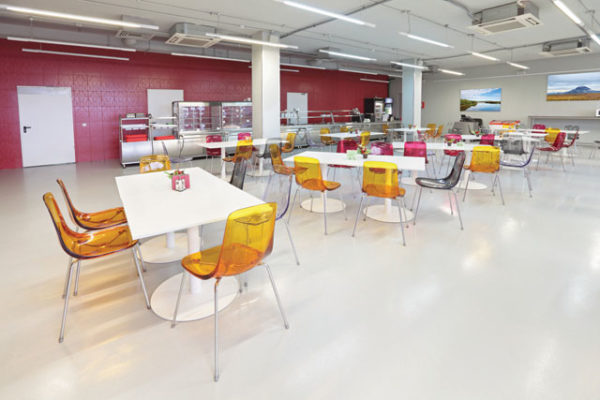How is concrete different from screed?
For someone not from this flooring industry, it is difficult to differentiate between concrete & screed. We are here to shed some light on this topic of how concrete is different from screed floors. What is screed? Usually confused with concrete, screed is different in many ways. Screed is a thinner layer of concrete which is usually poured over the base floor to provide a strong foundation for the lay down of top floor. The main differences between concrete & screed: Size of aggregates Grade of cement Mix consistency Cement finish The biggest difference is the intended use of the material. The differences between concrete & screed explained Creation of concrete requires coarser mixture in comparison to screed. In order to become durable & have more longevity, concrete requires bigger & harder aggregates. This is what makes concrete more durable, hence being more suitable for places with industrial applications. Screed by comparison uses almost half of the aggregates used in cement, making it smoother. While it is not as durable as it counterpart concrete, it is generally used for another purpose. Screed is usually applied on concrete slabs & is used for commercial & residential flooring purposes where an additional floor covering or coating has to be applied. It is commonly applied for internal purpose, such as covering heating & thermal insulation systems. What are the different types of screed? There are 4 main types of screed: Underfloor Screed – The most common type of screed. This type of screed is poured over heating pipes. The thinness of this screed allows for good heat flow. Floating Screed – Similar to underfloor screed, floating screed is applied on to a layer of insulation with a damp proof member over it. Bonded Screed – This type of screed is bonded with concrete using a strong bonding agent or primer. Unbonded Screed – It is typically applied to a damp proof membrane to separate the final layer of screed from concrete base. Drying time & completion process The time it takes for screed to dry depends on a variety of factors. Namely, the thickness of the screed applied and where it was laid. Screed must be left for atleast two days before it is walked on. However in some cases the drying time can be expedited by adding additives. If the area requires heavy foot traffic with loads of heavy equipment in the future, then it is advisable to leave the area for at least a week as the structural integrity of the floor could be jeopardized. Using screed as final flooring finish In many commercial & residential projects, people have opted for screed to be used a final floor finish. With the advent of technology & new flooring finishing procedures, screed can be made in different color finishes & can be polished/honed to create a spectacular look. This is being highly implemented in retail outlets, F&B, universities & garages. Contact Us Get in touch with our representatives to learn more & get to know how we can assist you in your projects regarding the screed floor in UAE.

